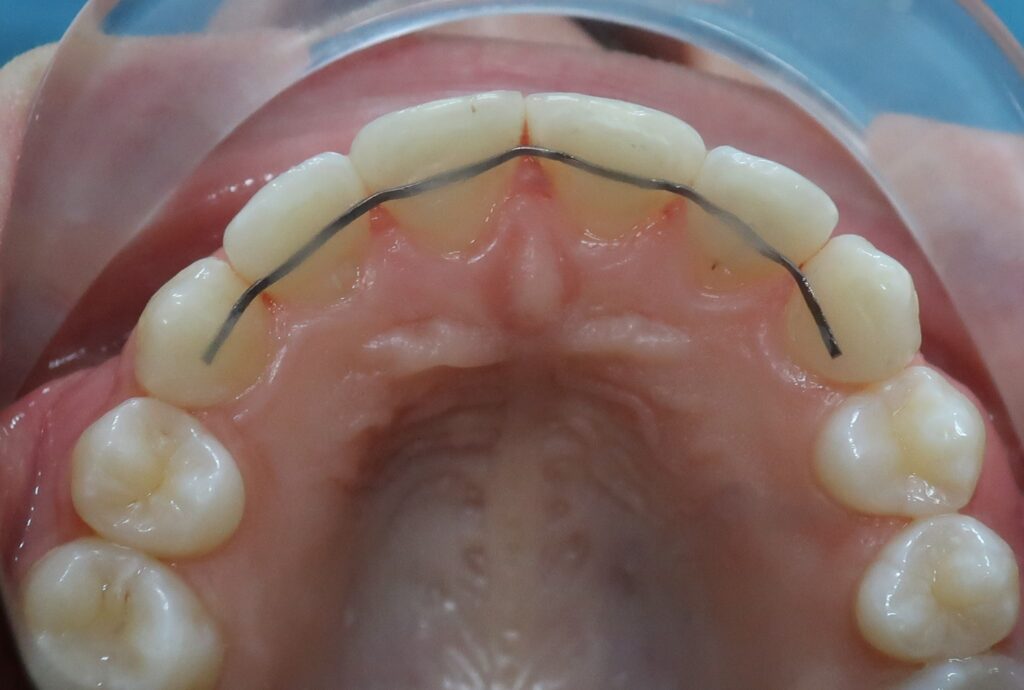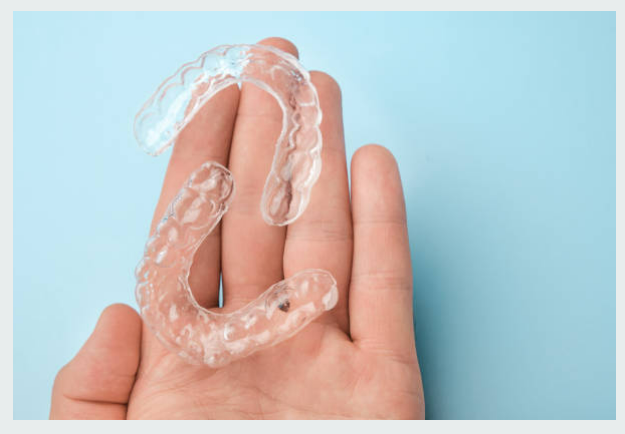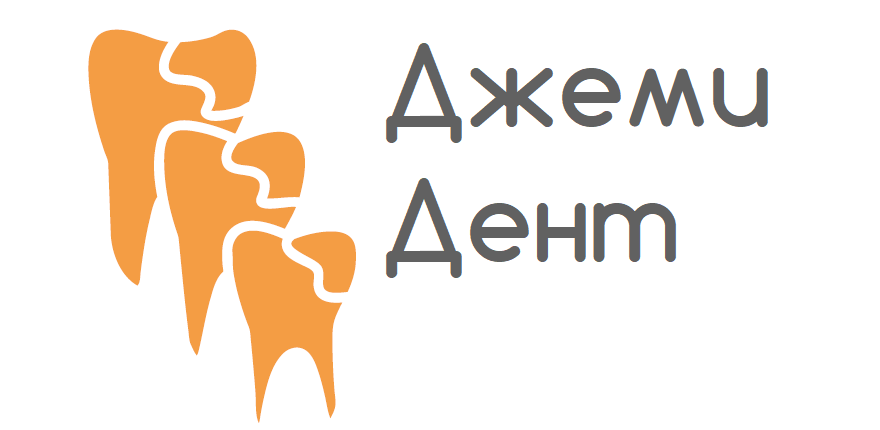РЕТЕЙНЕРИ
The Key to Long-Lasting Results
After orthodontic treatment is completed, the equally important retention phase begins. This phase is crucial for maintaining the results achieved during active treatment. Retainers play a vital role in preventing relapse (the shifting of teeth back to their previous positions).).
As the human body changes over time, teeth also naturally shift. Wearing retainers may seem inconvenient, but it’s a small price to pay compared to undergoing another round of braces or aligners.

Types of Retainers
1. Fixed Retainers:
Advantages:
Disadvantages::



2. Removable Retainers:
A. Hawley Retainers:
Hawley retainers consist of a plastic piece that fits against the palate or behind the lower teeth, with a metal wire wrapping around the front teeth to hold them in place. The wire can be adjusted to accommodate minor tooth movements.
These retainers are known for their durability and can be customized with various colors and designs. Although they are visible when worn, they are only used at night and are relatively easy to clean.

Advantages:
- They are invisible while worn.
- Provide constant support without needing to be removed or replaced daily.
- Offer stable, long-term results.
- Require minimal daily maintenance from the patient.
Disadvantages:
- Visible when worn (though only at night).
- Can cause initial speech difficulties.
- Bulkier than some other options.

B. Aligner-Type Retainers (Essix)
Essix retainers are made from clear plastic and custom-molded to fit snugly over the teeth. These retainers are virtually invisible when worn and provide a discreet option for post-treatment retention. They are removable, making them easy to clean, and can even double as teeth whitening trays. However, they must be worn consistently to maintain tooth alignment and may need to be replaced more frequently than other retainers.
Advantages:
- Nearly invisible when worn.
- Easy to remove, clean, and maintain.
- Can be used for home teeth whitening.
- Less bulky than Hawley retainers.
Disadvantages:
- Require consistent wear to maintain results.
- Easily lost or misplaced if not stored properly.
- May need more frequent replacement.
- Can cause initial speech difficulties.
The Importance of Retainers
No matter the type of retainer, wearing it regularly is essential for maintaining the beautiful smile achieved during orthodontic treatment. Neglecting to wear a retainer could lead to tooth shifting, requiring additional treatment. Remember, a little effort now ensures your smile lasts a lifetime!

